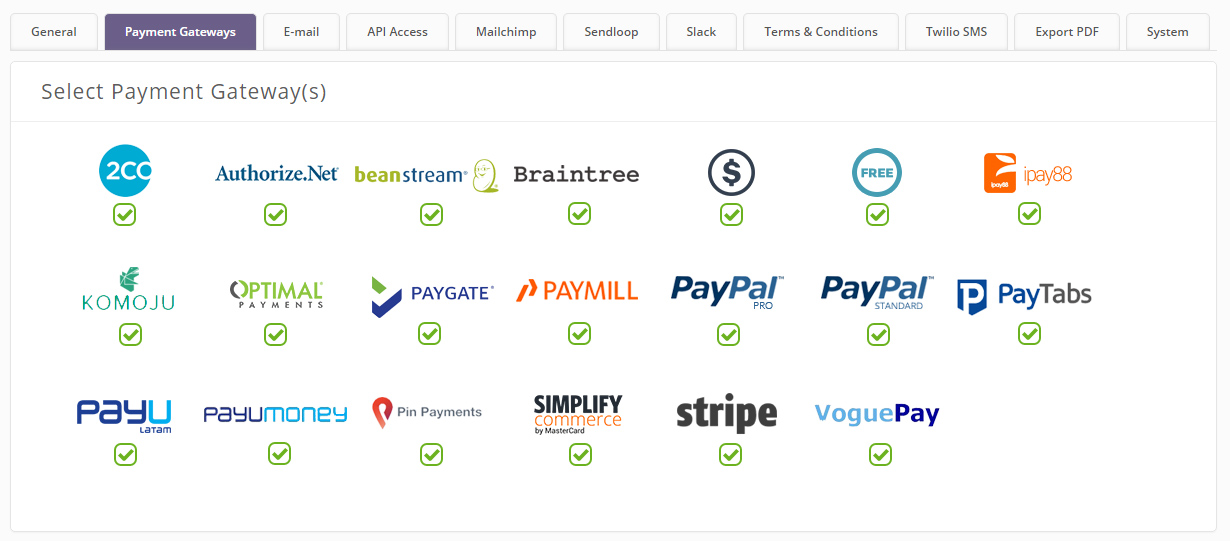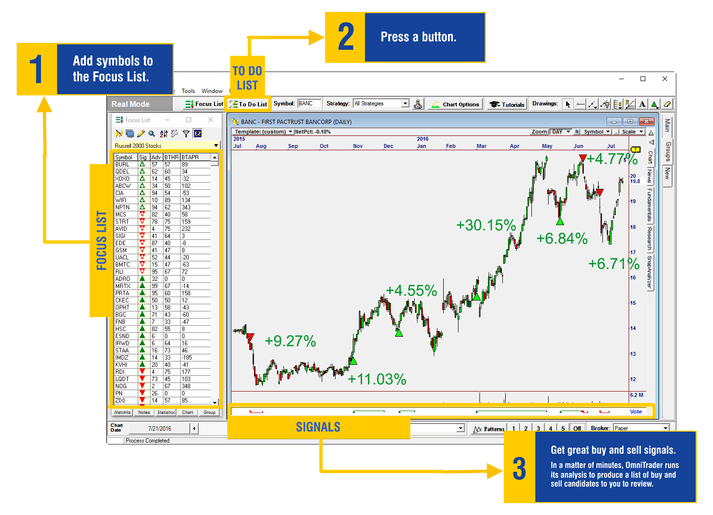Contents:

Update your mobile number & email Id with your stock broker/depository participant and receive OTP directly from depository on your email id and/or mobile number to create pledge. Stock Brokers can accept securities as margin from clients only by way of pledge in the depository system w.e.f. September 1, 2020. Let us examine the examples above and determine which of the two companies is in a better position. Is quite excited in particular about touring Durham Castle and Cathedral. Liabilities without having to take a loan or sell its inventory. Trading in “Options” based on recommendations from unauthorised / unregistered investmentadvisors and influencers.

Acid-Test Ratio Definition: Meaning, Formula, and Example.
Posted: Mon, 24 Jul 2017 09:58:07 GMT [source]
Current liabilities are those which are due to be paid within an operating cycle or within a year. The operating cycle or cash conversion cycle refers to the time taken by businesses to convert inventory to goods that they can sell. Examples of current liabilities include accounts payable, dividends payable, current maturities of long-term debt, and short-term debt. In such a scenario, corporations ought to think about investing excess capital into center and long run aims. This ratio reveals whether or not the firm can cover its brief-term debts; it is an indication of a firm’s market liquidity and talent to fulfill creditor’s calls for. If the present ratio is just too excessive, the corporate could also be inefficiently utilizing its current property or its short-time period financing amenities.
This is where the concept of liquidity ratio comes into picture. Liquidity ratios help investors and lenders evaluate a company’s ability to pay its short term liabilities. An acid ratio of two shows that the corporate has twice as many fast property than current liabilities. Current Ratio is used in the monetary evaluation together with a quick ratio which is a measure of an organization’s capacity to satisfy its liabilities utilizing its extra liquid property. However, it might so happen that the majority of its present assets are in the type of inventories that are difficult to transform into cash and therefore, are less liquid.
It does not have to sell its assets even liquid ones like mutual funds. ‘Liquidity’ has a big role in business which is essential in a business to fulfill its short period commitment. In other words ‘Liquidity Ratio’ defines a company’s potential to repay short-time creditors out of its whole cash.
Once you clearly understand your company’s current ratio, you can determine your total liabilities and make conservative adjustments. If your ratio analysis shows that your quick ratio exceeds your company’s requirements, you may decide to use liquid assets or increase your cash flow. It might be worth considering whether or not it is feasible to turn inventory to generate cash flow.
The quick ratio is considered a more conservative measure than the current ratio, which includes all present assets as coverage for present liabilities. Higher quick ratios are extra favorable for firms because it shows there are more quick belongings than present liabilities. A company with a quick ratio of 1 indicates that fast belongings equal present assets. This also reveals that the corporate may repay its present liabilities without promoting any long-term belongings. In finance, the Acid-take a look at measures the power of a company to make use of its near money or quick assets to extinguish or retire its present liabilities instantly.

They are sold and consumed due to the business operations that occur. This may include cash or cash equivalents which are expected to be converted during an operating cycle. They appear as the standard item under the section of assets in the firm’s balance sheet and play an important role in the assessment of the ratio and management of working capital. The components of the current assets are cash and cash equivalents, receivable account, inventory and prepaid expenses. Cash and cash equivalents are the properties that can be liquidated and they are the values of the company’s properties.
A company’s current liabilities include accounts payable, short-term debt along accrued liabilities, among others. The quick ratio of the business is 1.07, which indicates that the owner can pay off all the current liabilities with the liquid assets at the disposal and still be left with a few assets. – These constitute the money that a firm owes from its customers for the goods and services delivered.
In fact, it provides great insights when repetitive calculations are made by analysts for longer periods. Higher leverage ratios tend to indicate a company or stock with higher risk to shareholders. A high quick ratio does not always mean that a company enjoys sound liquidity.
This helps you to know if your company is capable of handling your liabilities on your own without using your company’s inventory or seeking any outside financial help. The exclusion of inventories from the Quick Ratio propels the investors towards a clearer picture of the firm. However, there might be a deceiving element in the Quick Ratio too. You can find out the cash flow from operations in the cash flow statement of a company.
While the term ‘liquidity ratios’ must be known to most financial geeks, it might be a fairly new term for their nonfinancial peers. While exploring the financial statements of any company, the first thing you should look at is the liquidity ratios. They are essential to analyze and measure the liquidity position of the company. Now, increase in the bad debt expense leads to increase in the allowance for doubtful accounts.
– These are those items in the balance sheet that can be liquidated immediately. They account for the value of the company’s assets, and these include bank accounts, commercial papers, treasury bills and debt securities that contain a maturity date of three months or less. Current ratio helps investors understand the ‘default risk’ of a company. It also includes assets which might take more than 12 months to be liquidated. This ration is primarily used to measure the liquidity total accessible to the company.
Hence, the inclusion of such quick assets are defined ass can give you a deceiving picture of an organisation. However, you can also calculate it by finding out the business’s net income and then adding non-cash expenses (for example – depreciation) and working capital changes. Once you start understanding what each ratio is trying to tell you, no company can deceive you about its financials. The numerator of the formula should include assets that are easy to encash within 90 days or less.
Cash ratio measures company’s total cash and cash equivalents relative to its current liabilities. This ratio indicates the ability of the company to meet its short-term debt obligations using its most liquid assets. Quick ratio is also known as the acid test ratio and it provides insight into how prepared a business is to convert its liquid assets in case of an emergency or immediate expenses.
This idle cash could be better invested in the business or investment schemes to earn interest or returns. Quick ratio is a more cautious approach towards understanding the short-term solvency of a company. It includes only the quick assets which are the more liquid assets of the company.
Understanding Liquidity Ratios: Types and Their Importance.
Posted: Sat, 25 Mar 2017 22:39:31 GMT [source]
The payback period, as a tool of analysis, is often used because it is easy to apply and easy to understand for most individuals, regardless of academic training or field of endeavor. An operating ratio that is decreasing is viewed as a positive sign, as it indicates that operating expenses are becoming an increasingly smaller percentage of net sales. Company has to maintain adequate liquidity to pay-off its short-term obligations and to meet future uncertainties. Is calculated by taking net operating income and dividing it by total debt service . Current Liabilities are the obligations and debts of a company that they have to pay off within a year.
The ratio measures the rupee amount of liquid assets available against the rupee amount of current liabilities. Liquid assets or quick assets are those assets that can be instantly converted into cash with a low impact on the price received in the open market. Whereas current liabilities are those expenses that become payable in one year’s time. A agency could improve its liquidity ratios by raising the value of its present assets, decreasing the value of current liabilities, or negotiating delayed or decrease funds to collectors. Although quick ratio does not present probably the most correct image of the corporate’s general financial well being, it can help decide the company’s short-time period financial position. It measures whether or not the company’s present belongings are enough to cover its quick-term financial obligations.
Higher the fast ratio more favorable it’s for the Company because it exhibits the Company has extra liquid assets than the current liabilities. While calculating the quick ratio, double-check the constituents you’re using within the formulation. The numerator of liquid property should embrace the belongings that may be simply converted to money in the quick-time period with out compromising on their worth.

Whether an organization has a robust https://1investing.in/ ratio depends on the kind of enterprise and its industry. When analyzing a company’s liquidity, no single ratio will suffice in every circumstance. It’s essential to incorporate different monetary ratios in your evaluation, including each the current ratio and quick ratio, in addition to others.
Such factors include the industry it operates in, the markets it serves, its maturity, type of business, the cycle of debtors and creditors, and its creditworthiness. This ratio indicates whether the company will be able to pay its short-term financial obligations when they become due for payment. Thus, the Current Ratio is the measurement of the short-term financial health of the enterprise.
Write your comment